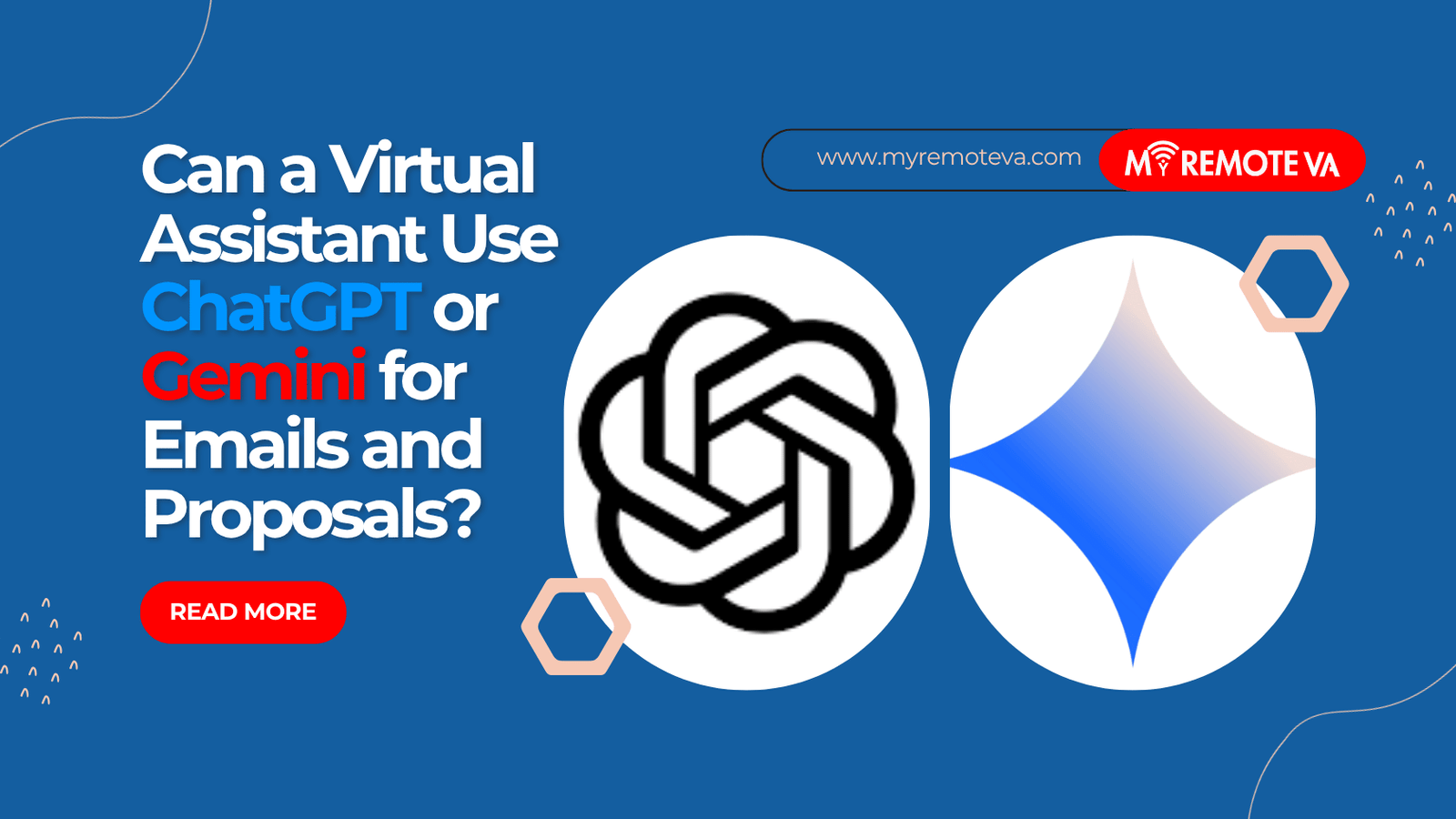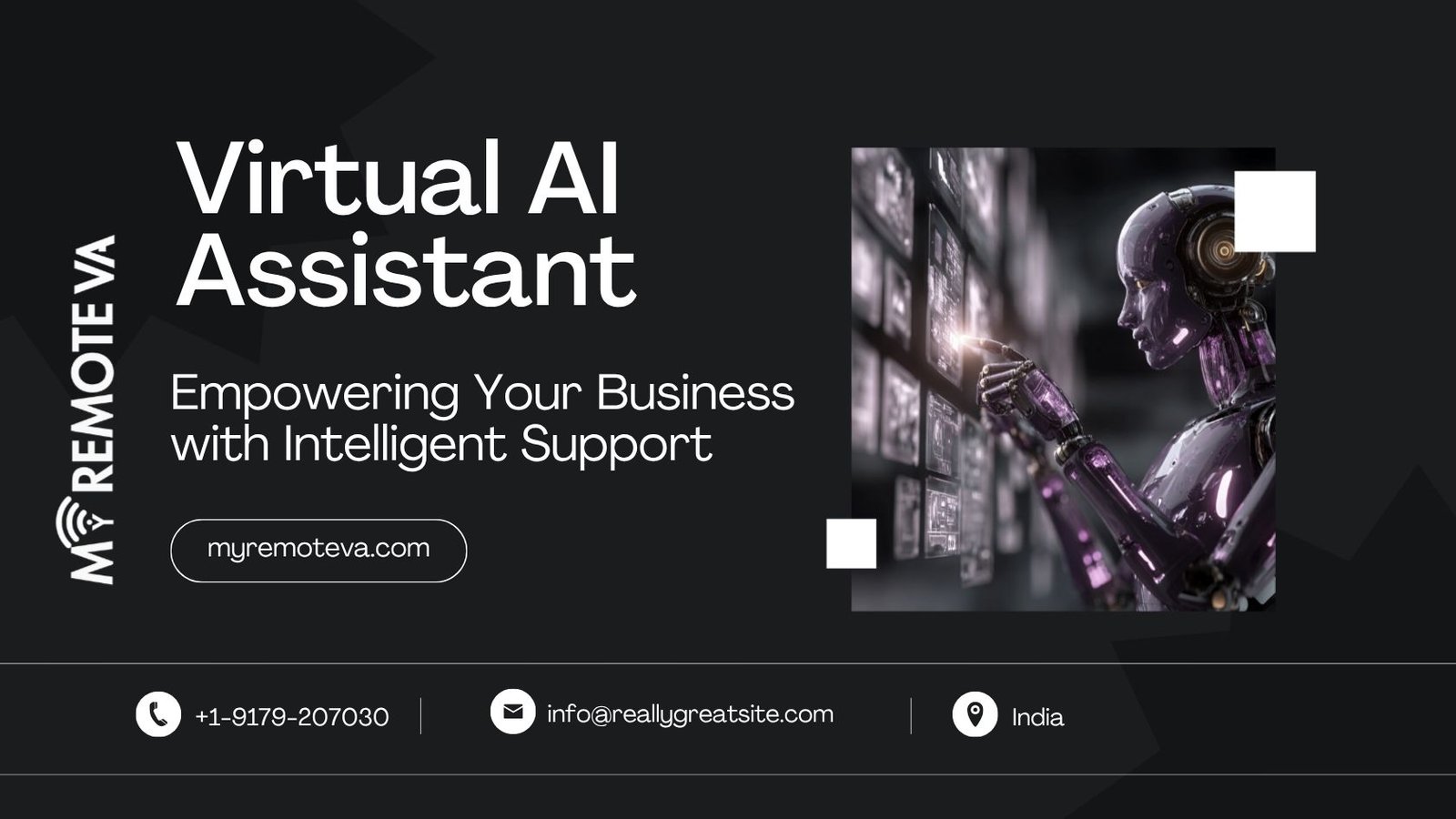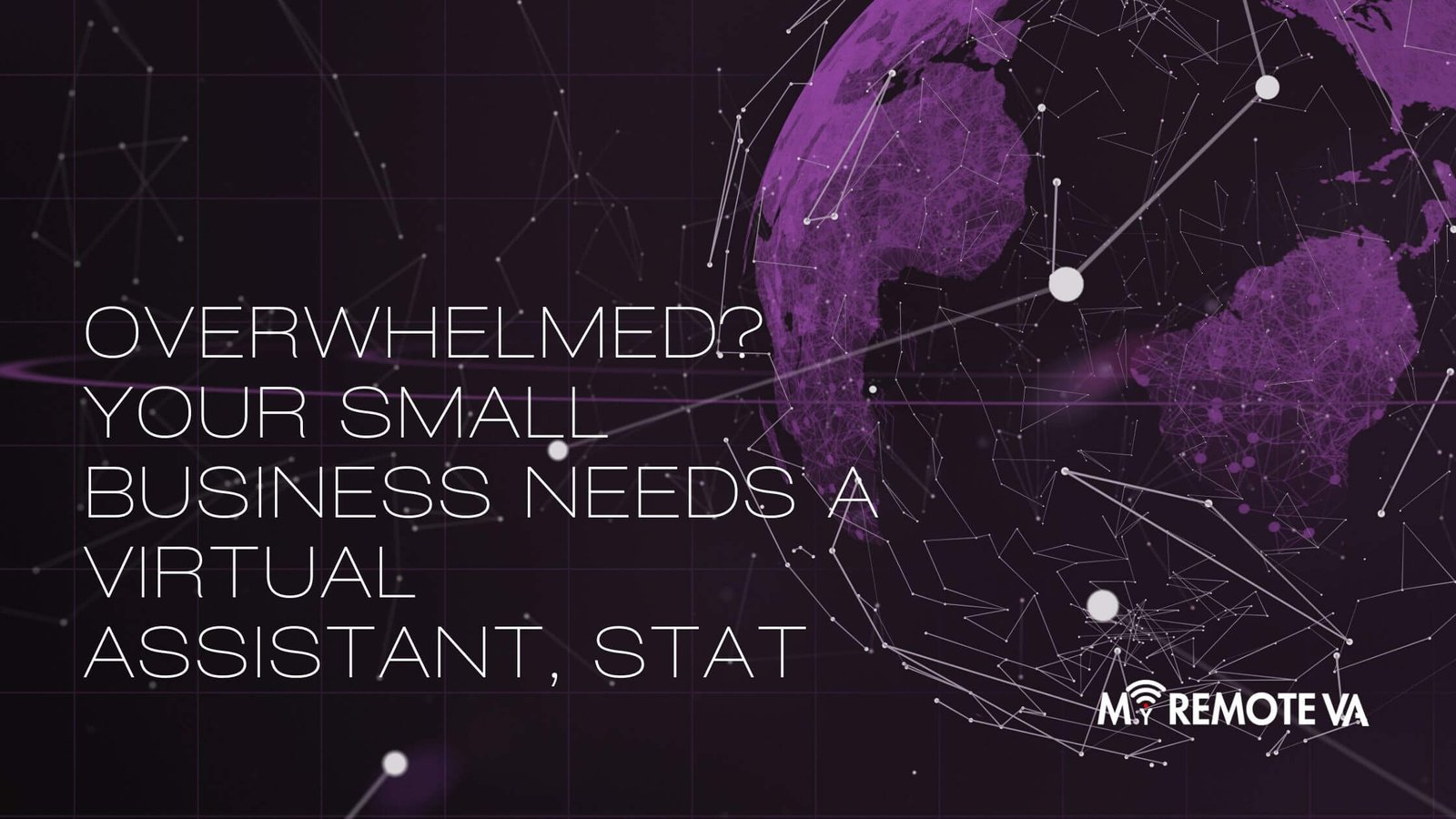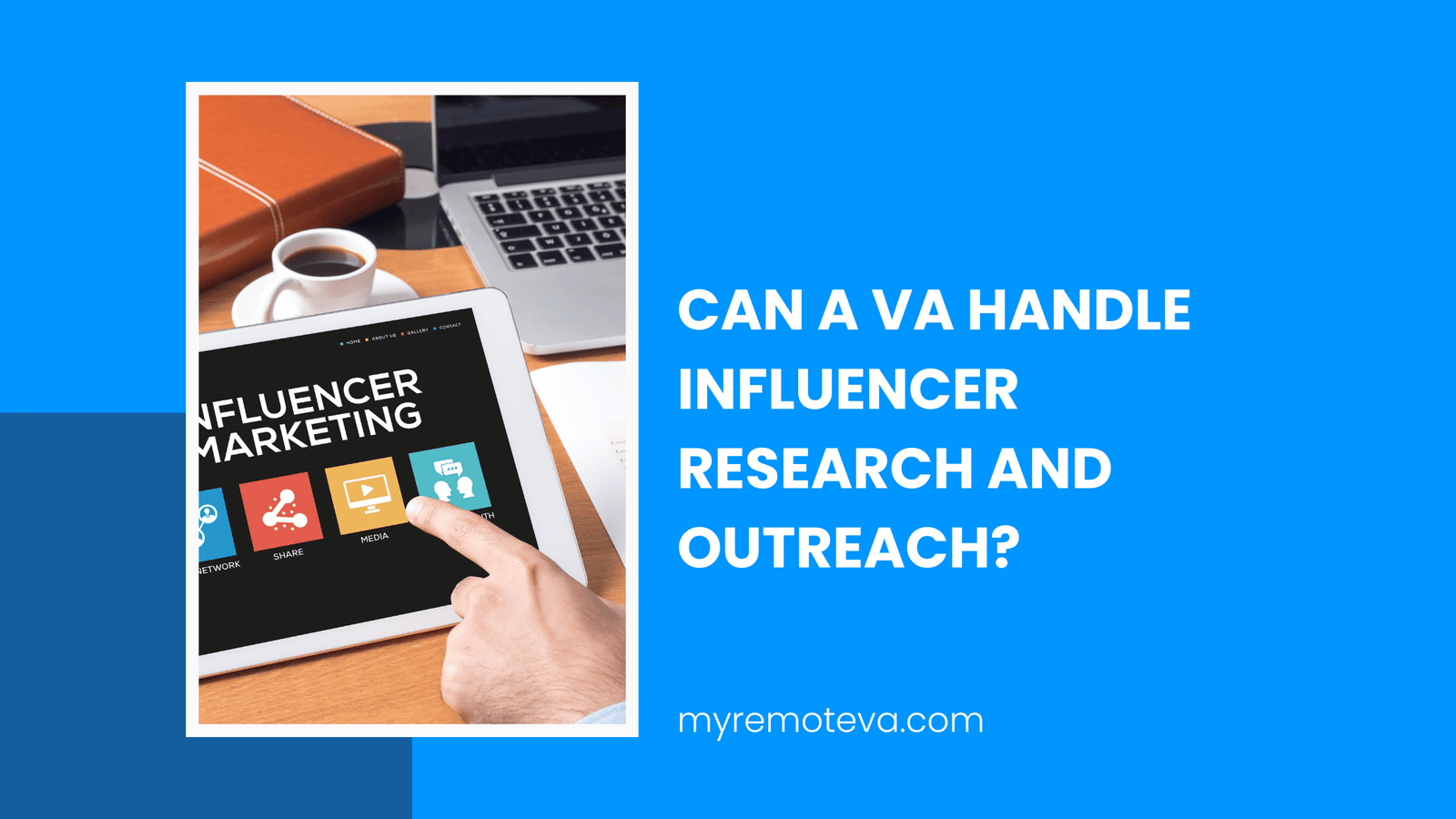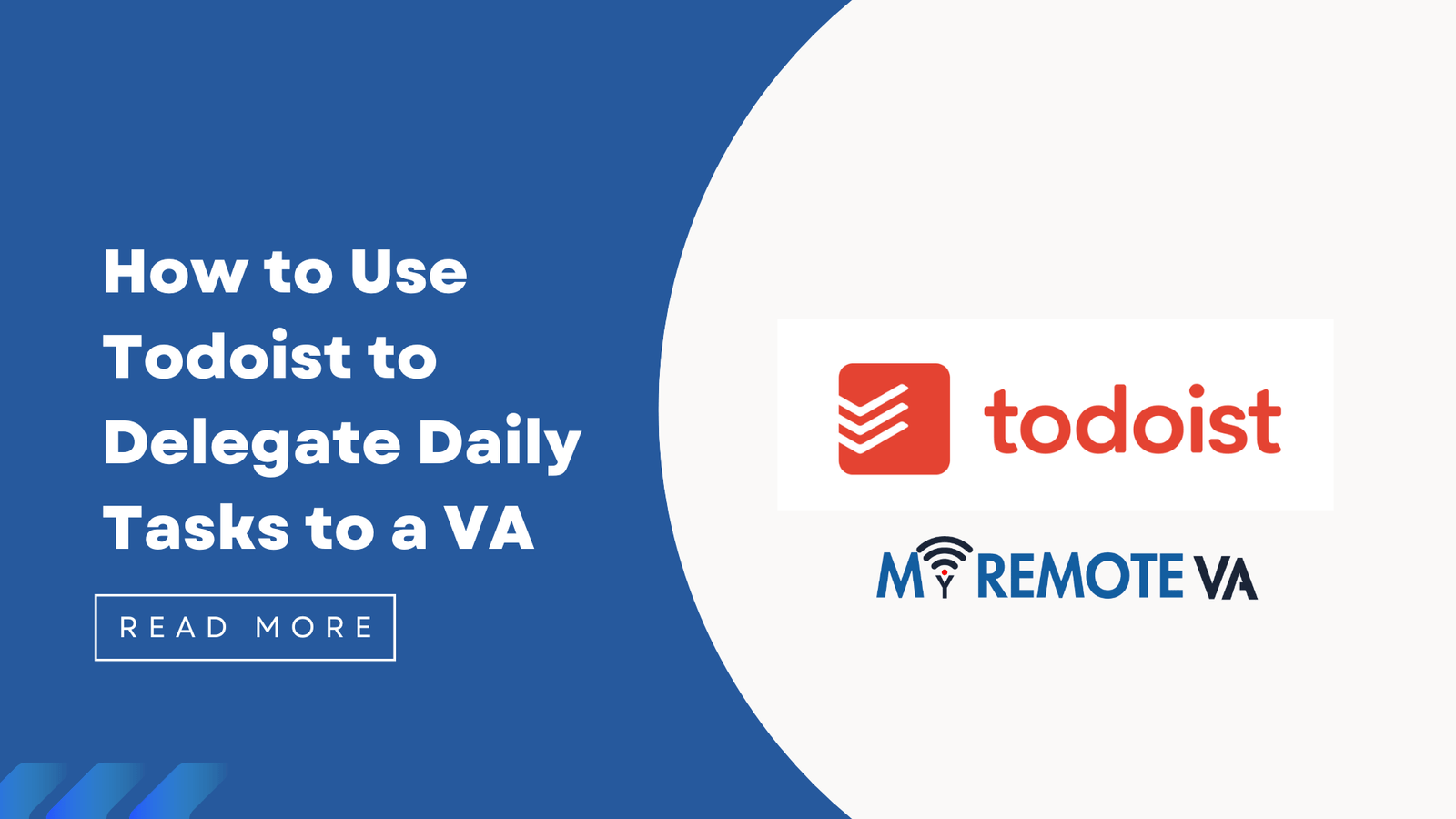The business world has changed so much, hasn’t it? It feels like we’re constantly on a treadmill, chasing after new technology just to keep up. For any small business owner, the daily grind can feel overwhelming—a never-ending mountain of emails, appointments to juggle, and an inbox that seems to have a life of its own. It’s enough to make you wonder, “Is there a better way?” The big question on everyone’s mind seems to be: when it comes to getting help, should you go with the personal touch of a virtual assistant vs. AI software that promises to do it all?
A few years ago, I was completely buried. My business was growing fast, but my calendar was a mess and client follow-ups were getting lost in the shuffle. I felt like I was spending more time on administrative tasks than on the creative work I actually loved. The idea of getting help seemed great, but I wasn’t sure what to do. Should I get a fancy new piece of software that could automate my calendar, or should I hire a real person? I remember staring at my screen, feeling the weight of all those unread messages, and just thinking, “I need help, but I need the right kind of help.” It’s a decision many of us face, and the answer isn’t as simple as choosing the cheapest or fastest option. It’s about figuring out what your business truly needs.

The Human Touch: The Power of a Virtual Assistant
When you hire a virtual assistant, you’re not just getting a service; you’re getting a real, live human partner. They are a professional who works remotely to handle the tasks that are eating up your day. We’re talking about everything from managing your calendar and inbox to handling customer service inquiries and organizing your files. Their greatest strength is their ability to understand context, read between the lines, and handle situations with a level of empathy and critical thinking that an algorithm just can’t match.
When a Human VA is Your Secret Weapon
Think about a time-sensitive, delicate situation. Maybe a key client is having a tough day, or a last-minute crisis has thrown your entire schedule into chaos. An AI might follow its programming perfectly, but a human virtual assistant can pick up on the tone of an email and respond with genuine care. They can offer solutions that a script wouldn’t allow for, like rescheduling a meeting with a personal note or finding a creative workaround for a logistical nightmare. That’s the kind of proactive support and problem-solving that builds strong, lasting relationships. A good VA doesn’t just do tasks; they think ahead and anticipate your needs, which is invaluable.

The Digital Workhorse: The Speed of AI Software
Now, let’s talk about the digital side of things. AI software is a machine designed to be a workhorse. It can perform high-volume, repetitive tasks with a speed and precision that no human could ever hope to match. This kind of technology is brilliant for things that follow a strict set of rules—like sorting through thousands of data points, sending out automated email campaigns, or providing instant answers to frequently asked questions with a chatbot on your website. AI doesn’t need to sleep or take a break, so it offers unmatched scalability and efficiency.
Where AI Truly Shines
Imagine you run a bustling online store that gets hundreds of customer queries a day. Hiring a team of people to answer every single one would be a huge expense. An AI-powered chatbot, however, can handle the basics 24/7, fielding common questions about shipping or returns, and only passing on the truly complex issues to a human. It’s a fantastic tool for taking the mundane, time-consuming parts of your workflow and automating them completely. The beauty of this kind of business automation tool is its ability to handle immense loads of work without complaint, freeing up your team to focus on the more nuanced parts of the job. For more insights on this, you can check out our post on the top 5 business automation tools.

The Smartest Move: A Hybrid Approach
So, is it an either/or situation? Not at all. The real magic happens when you combine the strengths of both. Imagine an administrative assistant who uses AI tools to work even more efficiently. They can use an AI to transcribe a meeting with near-perfect accuracy, and then use their human judgment to pull out the most important action items and delegate them to the right people. The AI handles the “busy work,” and the human handles the strategic, high-value tasks that move the needle for your business. It’s not about replacing people with machines; it’s about giving people better tools to be even more effective.
Making the Choice: Practical Considerations
Before you make a decision, think about your specific needs. What kind of tasks are you struggling with? If it’s mostly data entry and repetitive, rule-based work, a piece of AI software might be a great, cost-effective place to start. If your work involves a lot of client communication, creative problem-solving, or nuanced project management, a human virtual assistant is likely a better fit. Remember, a VA becomes a part of your team, someone who learns your specific quirks and preferences. This is a level of customization and support that an AI simply can’t offer. If you want to learn more about the process, check out our guide on how to hire a virtual assistant.

Ultimately, this isn’t a battle. It’s about finding the right tools for your specific business. AI is a fantastic tool for automation and efficiency, while a human virtual assistant offers invaluable emotional intelligence and problem-solving skills. The best solution for your business might be a simple one, a dedicated human professional who truly “gets” you and your work. Or, maybe it’s a mix of both. The future of work is about leveraging these powerful resources to build a more efficient, and ultimately, more human business.
FAQs About Virtual Assistants and AI Software
What’s the main difference between a VA and AI software?
The biggest difference is the human element. A virtual assistant is a person who can think creatively, empathize, and adapt to complex situations. AI software is a digital tool that automates specific tasks with incredible speed and accuracy, but it can’t handle the nuanced, human side of a business.
Can AI replace a virtual assistant?
For some tasks, yes, but not entirely. AI can take over the boring, repetitive work, but it can’t replace the strategic thinking, personal touch, and relationship-building that a human virtual assistant brings to the table. Most of the time, they work best together.
Which option is more affordable?
This really depends. AI software often has a high initial cost or a monthly subscription, but it can perform a high volume of basic tasks very cheaply. A virtual assistant has a more direct, hourly or project-based fee, but the value they provide in strategic thinking and personal relationships can be priceless.
How do businesses use both a VA and AI software together?
Many businesses have a virtual assistant who uses AI as a tool to become more efficient. For example, the VA might use an AI-powered calendar scheduler to find the best meeting times, then personally follow up with clients to confirm. This combination gets you the best of both worlds: speed and a personal touch.


